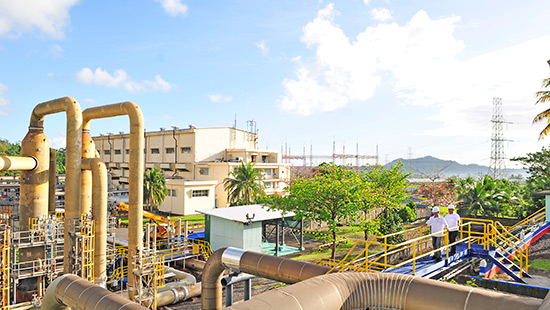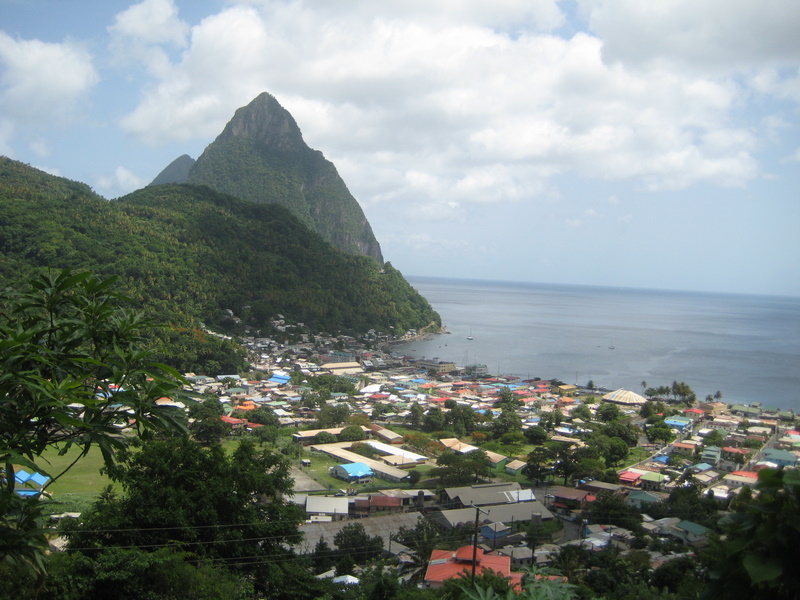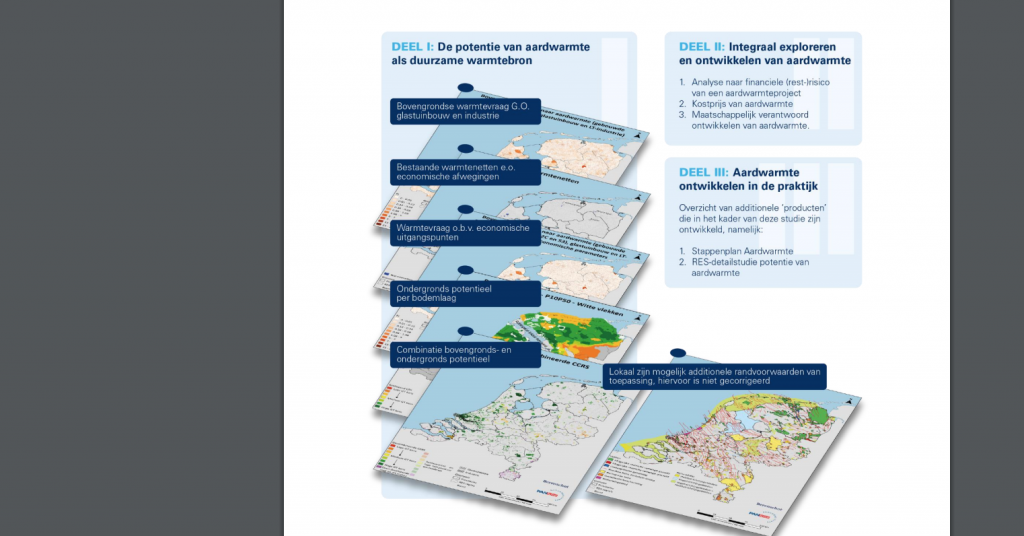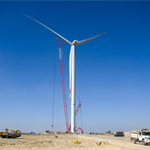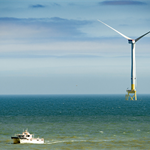Geothermal energy could meet more than half of heat demand for Dutch greenhouse horticulture sector
Energy Disrupter
In a new study called WARM, the geothermal potential of the Netherlands has been evaluated estimating that more than half of the country’s greenhouse horticulture sector could be utilising geothermal for its heat demand.
A study has been released on the geothermal potential for the Netherlands. The WARM study on the Value of geothermal and regional opportunities offers municipalities and regions more insight into the possibilities of geohtermal in their region for the buildings, greenhouse horticulture and industry with heat demand of up to 100 degrees Celsius. More on the study can be found here on this website of EBN in the Netherlands.
According to the findings of the report, geothermal energy can make a contribution of 55 PJ to the sustainability of greenhouse horticulture in the Netherlands in the future. This is evident from the WARM study, which was carried out by Berenschot and Panterra Geoconsultants on behalf of Energie Beheer Nederland (EBN). This amount of geothermal energy is about twice as much as assumed by Greenhouse Horticulture in the Netherlands.
The WARM study has mapped the heat demand of the built environment, greenhouse horticulture and industry (with a heat demand of up to 100 degrees C) and investigated the underground potential of geothermal energy. Subsequently, it was analyzed where supply and demand match. Subsequently, it was investigated whether geothermal energy is the most cost-efficient heat source compared to other alternatives to natural gas.
“We think more in the direction of 25-30 PJ”, says Piet Broekharst, energy specialist at Glastuinbouw (Greenhouse Horticulture) Nederland. Calculated from the current energy consumption of 100 PJ, we assume a third of energy savings and a maximum of half geothermal energy from the remaining 65 PJ. This depends on technical economic developments in geothermal energy, but also on the alternatives for heat supply, such as bioenergy, all-electric and residual heat.
Incidentally, the WARM report contains a footnote that the 55 PJ is the very top edge of the potential. “I would almost call it the technical potential. Economically is a different story; Cost development and innovation play a role here, as do the alternatives. ”
“Only 30 or 55 PJ, it makes no difference to the task of geothermal energy,” says Broekharst. “Hard work will have to be done on technology, innovation and cost reduction, efficient licensing, continuous professionalization of the geothermal sector and the like,”
According to the WARM report, the total potential of geothermal energy in the Netherlands is 290 PJ, where one PJ equals the heating of 30,000 homes. For the built environment this is 88 PJ, of which for 38 PJ geothermal energy is the cheapest alternative to natural gas. The remaining 50 PJ can also be (partly) filled by geothermal energy, although residual heat or a low temperature heat source are the cheaper alternative for these neighborhoods. Geothermal energy can also play a role in making the industry more sustainable with 147 PJ.
Looking at the potential of geothermal for the individual sectors here the summary provided (PJ = energy and % = percentage of heat demand in that specific sector):
- Heating for buildings – 88 PJ – or 26% of the demand
- Heating for buildings – medium-temperature heat network (MT heat network) based on geothermal energy source – 38 PJ – 11%
- Heating for buildings – MT heat network based on residual heat, where geothermal energy is an alternative – 33 PJ – 9%
- Heating for buildings – LT heat network based on different LT sources, of which shallow geothermal energy is an option – 17 PJ – 5%
- Greenhouse horticulture – 55 PJ – 58%
- Industry heat use – 147 PJ – 28%
- Total – 290 PJ – 30% of total heat demand
Source: HortiPoint – website for report

